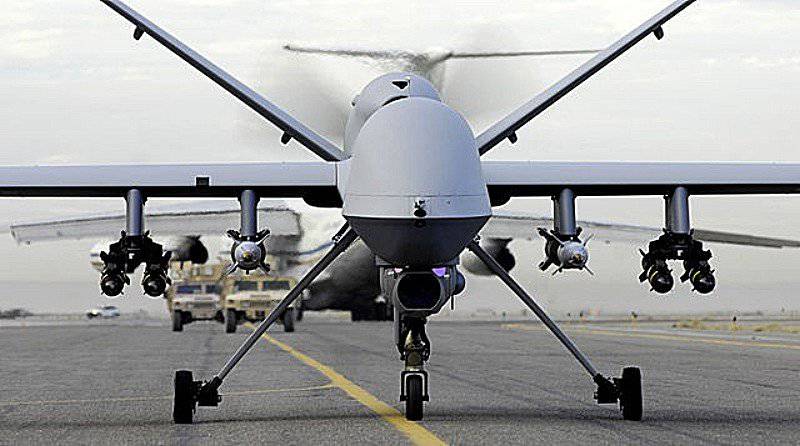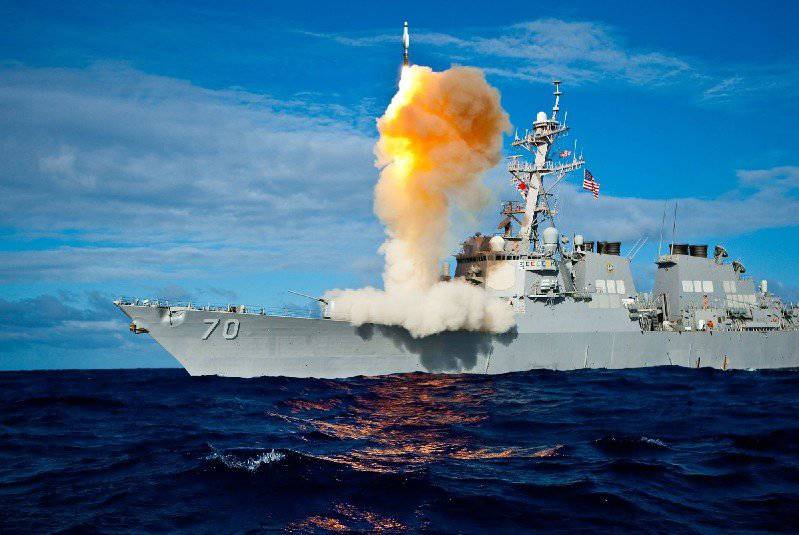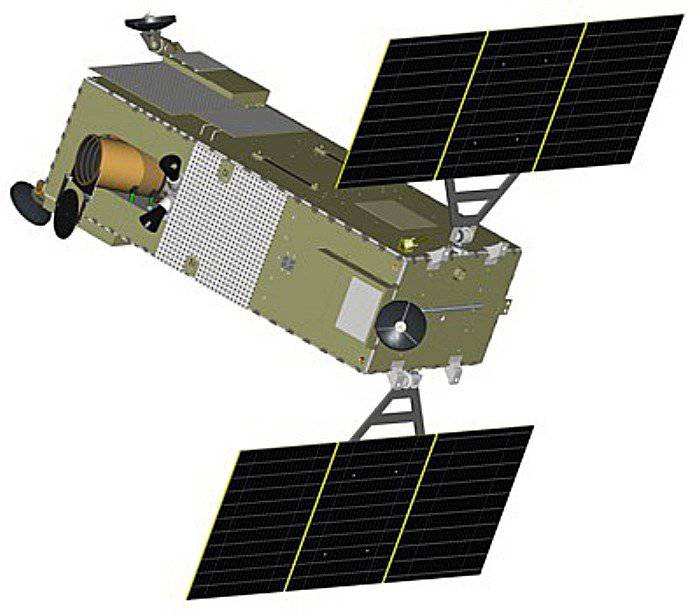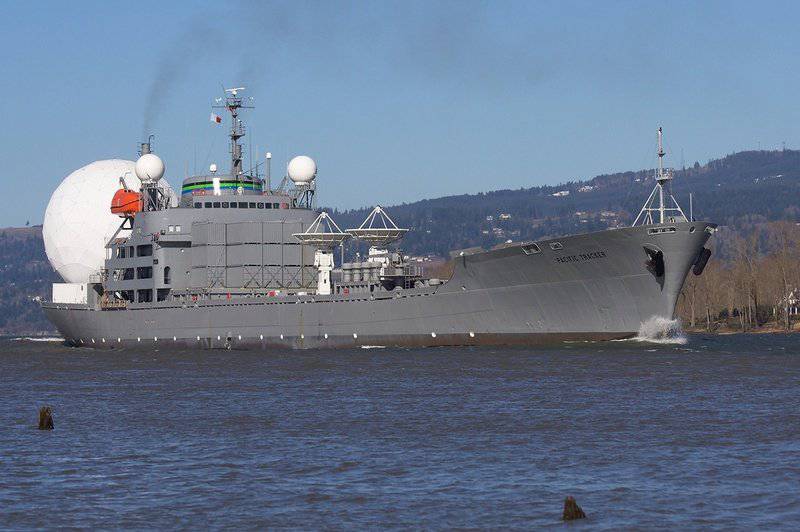United States missile defense programs and their implementation
The US Missile Defense Agency is actively searching for and researching the interception of ballistic objects at the early stages of their flight - at the beginning of the middle or at the end of the active sectors. Since 2009, the agency has been experimenting with information management tools using promising technologies. Possible variants of development were calculated and modeled. The result of the research is two programs that were accepted and received funding from the budget of the agency itself in 2011:
- AirBorne InfraRed - development of means for detecting and tracking infrared-type ballistic objects for basing on aircraft;
- Precision Tracking Space System - the creation of tools precisely tracking space-based.
- besides these programs, the newest sea-based radars on the test range in the Pacific Ocean - Cobra Judy -2 and XTR-1 will be put into operation.
AirBorne InfraRed
As simulation has shown, infrared equipment installed on aircraft, having become part of the information component of missile defense, will increase the ability to track ballistic objects of advanced AN / TPY-2 radar stations. Prior to the adoption of the AirBorne InfraRed program, one or two additional stations were planned to be commissioned for these purposes. The ABM Agency creates a separate unit, which, together with aviation и fleet, began to monitor the progress of the AirBorne InfraRed program.
To implement the program and conduct tests, they chose an optoelectronic system manufactured by Raytheon - the Multi-spectral Targeting Sensor. The system was installed on drones Reaper MQ-9, front, lower fuselage. The drones were involved in the Pacific missile defense tests. From official statements, it became known that the detection of targets by the system occurred at a distance of up to 1200 kilometers, and it made it possible to monitor the separation of ballistic missile stages. These tests were recognized as successful, which speaks in favor of the implementation of this program and the use of optical-electronic systems for missile defense installed on aircraft.

During this year, further tests of the system will be carried out, which will pass both on the ground and in the air. The result of the test will be the clarification of tasks for the system by:
- detection of targets for the CO from space-based systems;
- detection and tracking of targets by their ionization trail;
- processing the trajectory and parameters of ballistic objects, obtained from several sources, with great speed and accuracy for counter-launching of antimissiles;
- submission of the necessary information to the means of interception using a combat control system.
Speaking to the Senate Commission when discussing the APRO internal budget for this year, Lieutenant-General P. O'Reilly noted that the program’s tasks include creating a universal unit with hardware and software that will allow installing it on any air-based vehicle.
The approximate composition of the block:
- a container with sensors installed in it;
- control system for sensors;
- encryption system;
- information transmission system;
- internal information storage system;
- main and additional software;
Airlines producing various types of UAVs, such as Northrop-Grumman and Boeing, suggested that the agency use its ready-made and projected UAVs as carriers of the system. Already aware of the introduction of a number of changes in the optical-electronic system "Multi-spectral Targeting Sensor". They will be engaged in the company "Raytheon" and one of the laboratories of the Massachusetts Technical Institute. In addition to software, they will work out a sensor control system. It is known that further tests "AirBorne InfraRed" will be held on the drones "Reaper". The system will be worked out single and group goals. An imitation of the use of the Standard-3 ship missile missile will also be carried out using the target system from the system under test.

This year will be held:
- verification of the system development by preliminary target designation;
- testing of new sensors;
- remote control systems;
- target recognition will be carried out at different ranges.
Next year will be the final test system:
- test №1 - demonstration of the possibility of hitting a ballistic target with the “Standard-3” missile according to the received target trajectory data from “AirBorne InfraRed”;
- test №2 - working out the issuance of data of the missile defense system to increase the capacity for target recognition;
- test №3 - demonstration of the capabilities of the system when detecting group targets.
In 2011, the program was funded with 111.6 million dollars, and before 2016, they plan to spend a little more than 200 million dollars on the program.
Precision Tracking Space System
According to the preliminary draft of this program, it is planned to create spacecraft to accompany ballistic missiles in the active leg of the flight, ballistic objects in the last leg of the flight. These devices will be smaller and less expensive than their predecessors. The task of these devices will not include fixing the launch of ballistic missiles, they will receive this data from other missile defense components. The quantitative composition of these devices will be determined before the 2015 year. The spacecraft of the Precision Tracking Space System program will operate in conjunction with the sea-based missile defense component, therefore, specialists from the Ground Forces, Air Forces, Naval Forces and the University of D. Hopkins entered the controlling department. These devices will be included in the sphere of influence of the Air Force.

At this time, an analysis of existing and promising technologies is taking place, a TTZ is being created for the system, companies are selected that will start to create the system. This year, the preliminary design phase of all subsystems included in the Precision Tracking Space System program will be completed. It is expected that the first model of the future spacecraft will be ready for the start of 2015 of the year. In 2011, the program was funded with 70 million dollars, and before 2016, funding in the amount of 1.3 billion is planned.
X-band instrumentation radar XTR-1
The X-band transportable radar is designed according to the open architecture of the Massachusetts Technical Institute laboratory for an anti-missile defense agency on the concept of creating mobile-type instrumental radars for anti-missile defense tests. In 2008, ground tests took place. To ensure Pacific missile defense testing in 2010, it was installed on the ship Pacific Tracker.

Cobra Judy-2
Sea-based radar "Cobra Judy-2" create to replace the radar created by the previous program "Cobra Judy Replacement". The technical project was developed in 2006 by the company "Raytheon". The performance of the radar remained the same - the X-band station and the S-band station. The X-band station was built by the company “Raytheon”, and the S-band station was built by the Northrop-Grumman company, according to the contract with the “Raytheon”.

Set in 2008 year, the radar were going on the ship under construction T-AGM-25 "Howard O. Lorensen." In 2011, the ship was launched. At the moment the ship is being tested. This year, the ship must install radar and complete the test. Just to create a radar spent about one billion dollars.
Results
It is obvious that the United States is active in the field of information and intelligence assets for missile defense. Now the main task of the missile defense agency is to ensure full interaction of the means of the information component with each other. They are very different among themselves by the principles of work and composition, which forces the agency to draw on the latest achievements in various fields, the implementation of which requires huge funding, which adversely affects the timing of program implementation.
Information sources:
http://www.rau.su/observer/N3_2005/3_06.HTM
http://uchebnikfree.com/page/kosmos/ist/ist-2--idz-ax232--nf-2.html
http://hvylya.org/analytics/geopolitics/20982-pro-ssha-poligon-voennyh-tehnologij-xxi-veka.html
Information